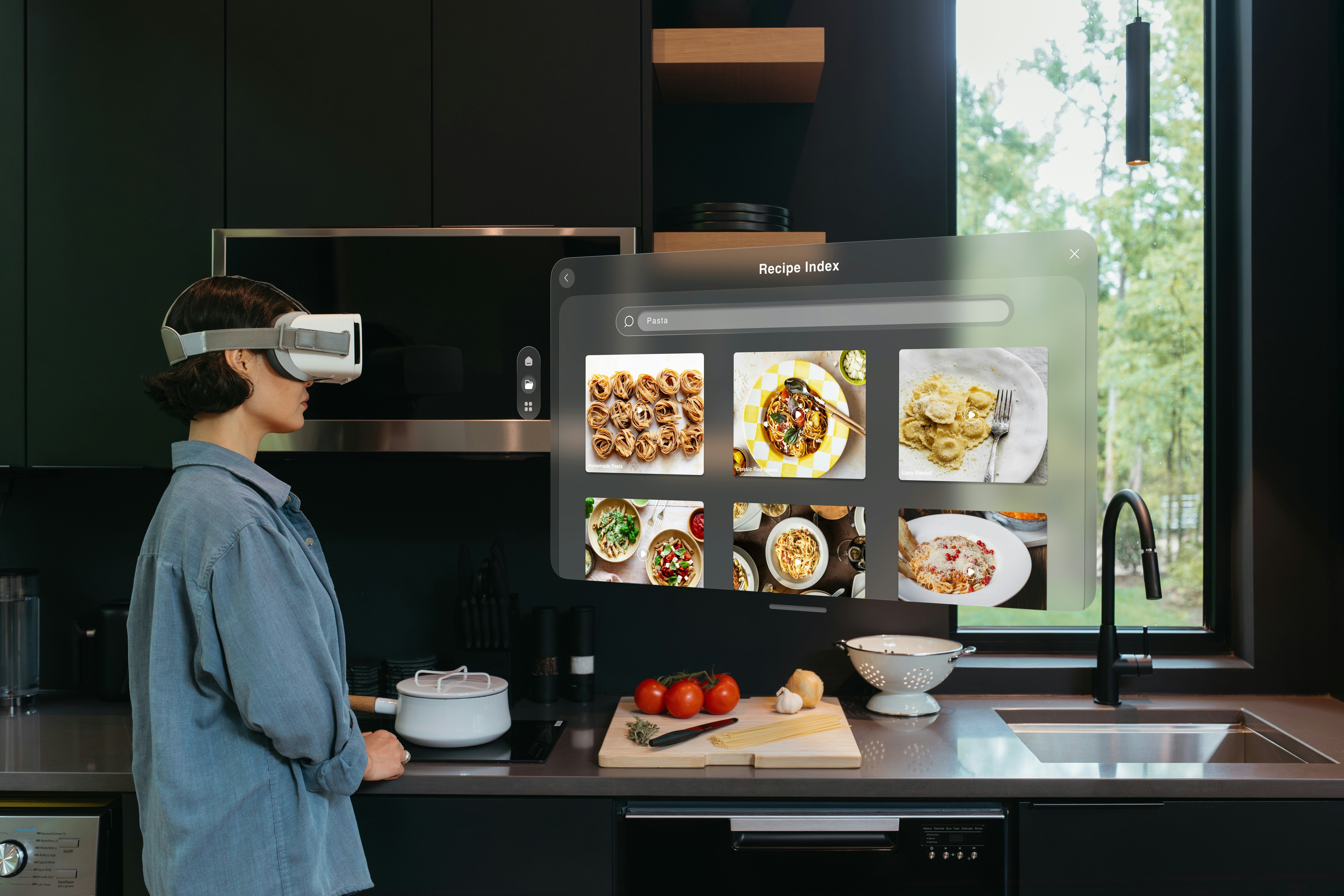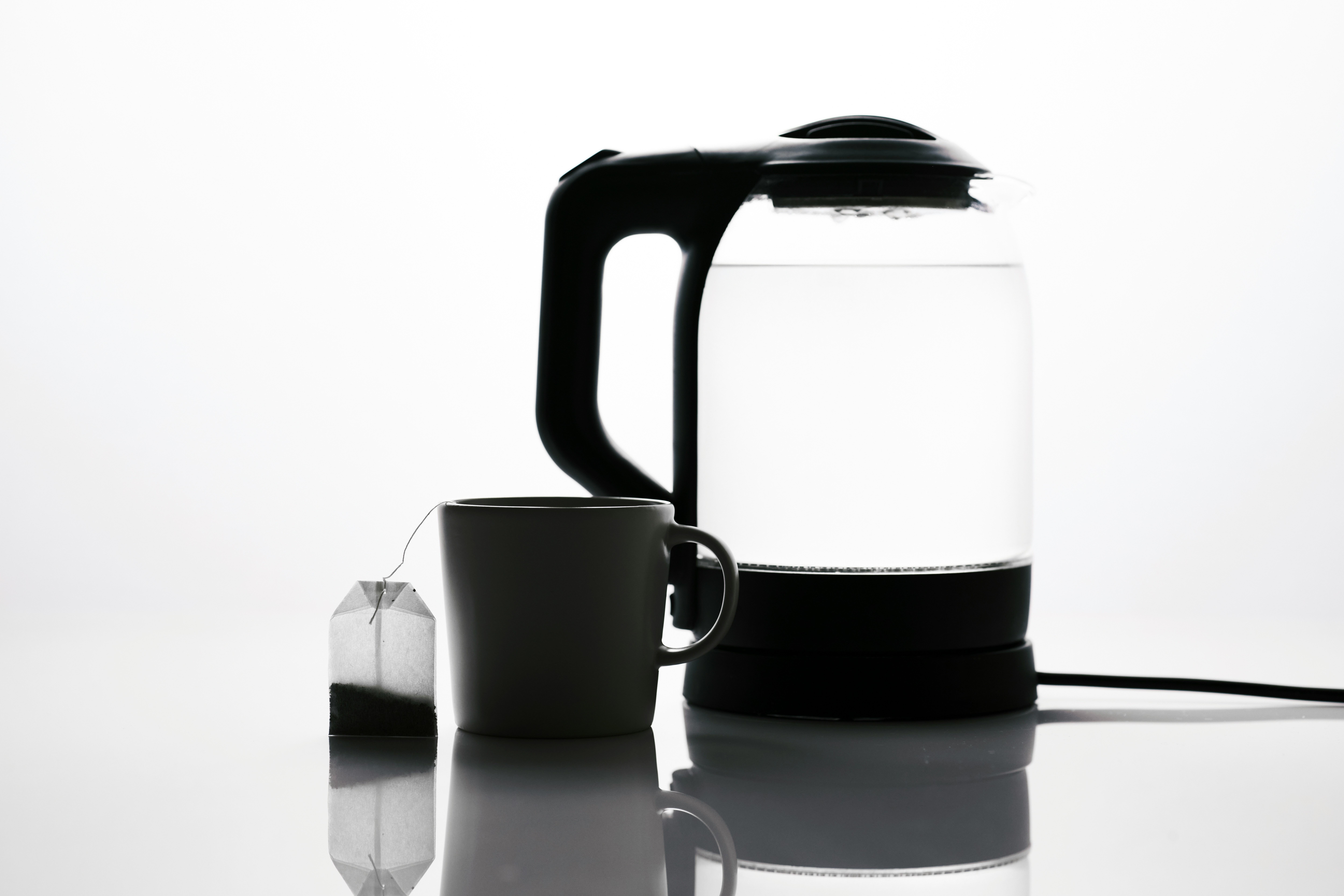In this article we explore consumer attitudes towards the environment, the challenges faced by appliance manufacturers to get consumers to invest in energy efficient appliances and see value in the eco-settings of their appliances.
You can access and download the full report including recommendations for the industry in the Bryter insights hub or by clicking here
Introduction
The domestic appliance industry is increasingly being put under pressure to move towards more sustainable solutions, and consumers are becoming increasingly demanding in terms of what brands do to support more sustainable living.
To better understand consumers’ attitudes towards the environment, their willingness to invest in energy efficient appliances and their use of eco-settings Bryter undertook a survey of 891 UK households.
Consumers believe they can make a difference, but then don't act
Are consumers eco-focused? That depends, and the reality is not all of them are, but a good chunk of them now class themselves as eco-actives or eco-considerers. In our survey around two thirds believe that individual changes they make can impact on the environment, but this isn't translating into action
Only 43% say they ‘actively look for ways to make my home more sustainable / environmentally friendly’, and 51% say they ‘actively look for ways to reduce my carbon emissions’. Once it starts to hit their pocket, we see a further drop with only 47% agreeing that they are ‘happy to spend a little more to make my home more sustainable’ and 35% agreeing that they ‘would pay more for products from a brand that actively reduces carbon emissions’
So, if consumers aren’t willing to pay more to be more environmentally friendly, and are sceptical about claims made DA manufacturers about their green technology solutions, we need to find a different way to try and incentivise and motivate them.
Cost savings are the obvious answer to this, but it’s not just a simple case of saying that green appliances will save money and are worth investing in.
The Immediacy bias is a cognitive bias where people disproportionately value rewards or outcomes that occur in the near term over those that happen later, even if the future rewards are larger or more beneficial. We see this play out in consumer attitudes to energy efficient appliances, how much consumers are willing to invest. Just over half (52%) think that ‘the savings from energy-efficient appliances don’t justify their higher price’ and around 4 in 10 (38%) doubt the actual energy and water savings of sustainable appliances like washing machines and heaters, and only around a third (34%) would pay more for appliances from a brand that uses the latest green technologies
Eco-settings - well intentioned, but illogical and mistrusted
On paper eco-settings would appear to be the answer to the problem of getting consumers to see value in energy efficiency, whilst also delivering a sustainability benefit. Each time the appliance is used with one of these settings it delivers a short-term financial cost saving to the consumer (tapping into the immediacy bias), whilst at the same time using less energy and/or less water (supporting sustainability).
Unfortunately though, not all consumers buy into this story. Only 40% of consumers say they have used the eco-settings on one of their appliances in the past 12 months, this is despite 62% saying they have washed clothes at a lower temperature as a sustainability strategy. Although at first glance these two actions might appear the same, there is a difference and one that is acting as a barrier to the belief in these settings.
Eco-settings on appliances like dishwashers and washing machines work by running longer cycles that use less water and energy in the process. Consumers struggle with this, as it feels counterintuitive. How can something that runs for a longer cycle use less energy and water?
When asked directly about this only half (50%) agreed with the statement ‘I understand why the ‘eco-mode’ setting in appliances like washing machines and dishwashers can run for a longer period of time than the normal setting’ and 38% agreed with ‘I doubt the actual energy and water savings of sustainable appliances like washing machines and heaters’. In the hierarchy of approaches that consumers think will make the largest difference to their home being environmentally friendly, only 6% said ‘using the eco-setting on my appliances e.g. dishwasher and washing machine’
We need to reframe the narrative to focus more on short term financial benefits
When asked which ways a washing machine or dishwasher could help make a home more sustainable or environmentally friendly the top two answers are ‘use less electricity’ (82%) and use less water (71%), far outstripping the next highest answer ‘having smart technologies that automatically optimise appliance performance’ (39%)
Using less electricity and using less water have a dual benefit of delivering on sustainability and cost savings. They are also directly related to energy efficient appliances, and how eco-settings work on appliances like dishwashers and washing machines. Yet we know that (some) consumers aren’t willing to invest in more energy efficient appliances and aren’t using the eco-settings on their machines because they feel counterintuitive. So how do we better communicate these benefits to consumers to get them to a) invest in energy efficient appliances and b) see value in and use the eco-settings.
This means shifting our communication narrative away from ‘eco’ to focus on the cost savings the consumer can benefit from by buying energy efficient appliances and using the eco settings on those appliances. Tapping into the immediacy bias can support this.
In practical terms this could mean communicating how much the user can save per cycle on a more energy efficient appliance, rather than the savings over the lifecycle of the machine. And whilst it may be tempting to try to educate the consumer about how eco-settings work to overcome barriers to their usage, we may actually need to rethink how we brand and communicate the benefits of ‘eco settings’ to something that is more focused on the cost savings these settings deliver each time they are used. This could mean changing ‘eco settings’ to ‘saver mode’ or utilising visual or auditory cues to communicate to the user the savings they have achieved.
Get the full report and learn more
Access the full report to get the key insights and recommendations on what the indsutry can do to engage consumers, promote energy efficient appliances more effectively and build trust in eco-settings. Download a copy here
Want to learn more about how market research and insights can be used by domestic appliance manufacturers? Read the article on domestic appliance research
About Bryter
Bryter is an international market research and insights consultancy working with leading technology and domestic appliance manufacturers and retailers. Get in touch to learn more about how we support the industry with audience insights, marketing strategy and new product development.




